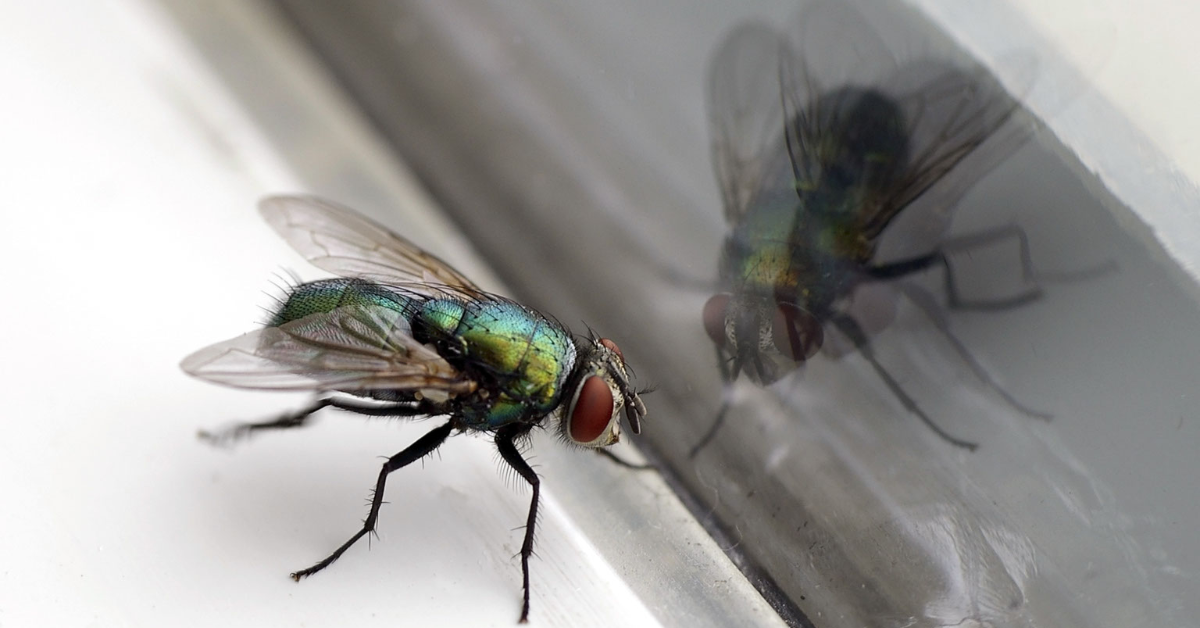In the warmer summer months, it is not uncommon for patients to present with wounds that have been populated by maggots which have not been prescribed. Whilst this is a more likely occurrence at this particular time of year, due to windows being left open and a higher insect population more eager to enter homes, this issue can actually occur year-round.

Discovering unwanted maggots in a wound can be alarming for both patients and carers alike, so here are a few tips from BioMonde’s Clinical Support Manager, Vicky Phillips, on how to successfully manage the situation in clinical practice.
- Do not react negatively. As a clinician, the patient will be looking to you for guidance and can observe how you respond at any time. If you do find maggots have taken residence in your patient’s wound, try to refrain from saying anything that could be considered emotive, and be mindful to maintain control of your facial expressions. Keeping calm is key, and will help you and your patient to feel at ease.
- Do not assume that the patient has personal hygiene issues or is not capable of adequately caring for themselves. Even the most fastidious patient could be susceptible to unwanted wild maggots, because the female fly can smell a “food” source from up to three miles away. There only needs to be the tiniest gap in a dressing for a female fly to lay her eggs in the wound bed.
- As tempting as it may be, do not leave the maggots on the wound. Wild maggots have not been through the stringent and aseptic disinfection process which BioMonde maggots receive. These ‘freebies’ can carry bacteria and other microbes which could lead to a potential wound infection. Remove the maggots by irrigating the wound (either gently under the shower or by using saline which can run off into a clinical waste bag). Follow-up by covering the wound with a film dressing, this is occlusive and will suffocate any larvae which you are unable to flush out straight away. The larvae will draw to the surface during this process, and can be removed using a pair of sterile forceps.
- Observe the patient for infection. Over the next few days, assess the wound and the patient for clinical signs of infection, and treat as appropriate.
- Consider it as a sign! Wild larvae could be telling you that the wound is in fact suitable for biosurgical debridement with aseptic larvae from BioMonde. Consider exploring this as an option for debridement and contact us if you would like to discuss anything further.
Advice to takeaway: Remember that maggots occurring in a wound is a completely natural process, and before modern medical advancements, historically this is how treatment would have been conducted. It is important to reassure patients and carers that this is not a reflection on their personal hygiene, but it could be an indicator that the wound needs debriding, and Larval Therapy could be a suitable option to consider.


